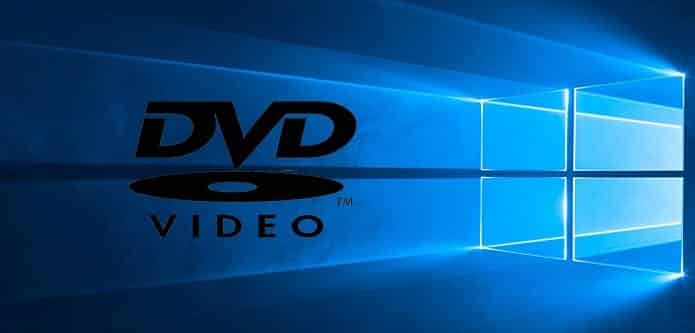Table Of Contents
How to guide for playing DVDs and Blu-Ray discs on Windows 10 for free
The Windows 10 upgrade does not come with a DVD player app like the preview Media Center for Windows. In fact Microsoft is charging $15 for the DVD player App on its Windows Store App.
However, for those who do not wish to spend money on the DVD player, can now play DVDs for free in Windows 10 either by downloading a free version of the official Windows DVD Player application, or install a free third-party program.
Let’s have a look at both the options:
Option 1: Getting Windows 10 DVD Player for Free
Before that, let’s have a look at the forewarnings:
Firstly, you must be running an upgrade from Windows 7/8/8.1 to Windows 10. However, note only certain versions of 7/8/8.1 qualify. Further, if the copy of your Windows do not meet the criteria or if you have performed a clean install of your Windows, then you will be charged $15 for the program.
Only the PC that qualified will be provided the free version of Windows DVD Player. (Note, this is different to buying the app that allows you to install it on your other PCs.)
Microsoft has provided the free version of Windows DVD Player only for a limited time. No clear details have been provided about the free availability of the program; however, the approximate period provided is before the Windows 10 upgrade offer ends.
To get the program, all you need is the free version that will come to you as a download through Windows Update. However, if you have not been provided the download, you can then go to Settings > Update & Security > Check for Updates. If among the available updates, if you have KB3081704, then start downloading the update. Once downloaded, go ahead and install the program. After installation, you will get DVD disc playback and now you can play the DVDs on Windows 10 for free.
However, please note that it does not support play backups of DVDs (i.e., VOB files), nor can it play Blu-ray discs. If you’re looking for more range of functionalities on your Windows, you have to use another program.
Option 2: Opt For Third-Party Apps
DVD Discs
If you do not have the Windows 10’s DVD Player, you can look for third-party applications that you can use instead. The most recommended of the DVD Player lot is VLC, an excellent software that can play just about anything on it.
All you need to do is, go to VLC’s website and install the application. Once installed, if you wish to keep VLC as your default media player, you need to leave all the selected file formats as they are.
When the first DVD is inserted, Windows 10 asks you as to what would you want to set as the default action for that media type. For the DVDs to play automatically once they are inserted, you need to select to open them in VLC.
For some reason if that is not working, or you wish your default auto player to be VLC for other DVD types (like DVD-Audio and Enhanced DVD movies), then go to Control Panel > AutoPlay and change the Windows 10’s default action.
Blu-ray Discs
It’s a little bit tricky to find a free way to play Blu-ray discs in Windows 10. Blu-ray playback are not fully supported by VLC, as it does not have the libraries required to decode the discs. The solution can be found on Google for those libraries, but one should be warned that these files have unverified source.
The best possible option recommended to watch your Blu-ray collection without you having to pay any money, which is also a trusted source would be rip them to MKV. MakeMKV is an outstanding piece of software, which is easy to use if you go for this option. The beta versions are free and have been like that for years even though it may pop up a notification message of a 30-day trial period. Until the current version becomes out of date, there is no charge for using these beta versions. Once the current version is out of date, all you need to do is to download and install the new version of the beta.
You need to have enough hard drive space to house the ripped files, if you chose MKV option. The ripped files can be very large, for example 35-40GB. Also, it takes very long for the files to get ripped. However, on the brighter side, once the files are ripped, the MKVs can be streamed over your network either on another PC or a console or you can put them on other devices.
Hope you like the above tutorial for playing DVDs and Blu-Rays on your newly installed Windows 10 computer. If you have found some other way to play the above discs, kindly mention them in the comments section for the benefit of other readers.

